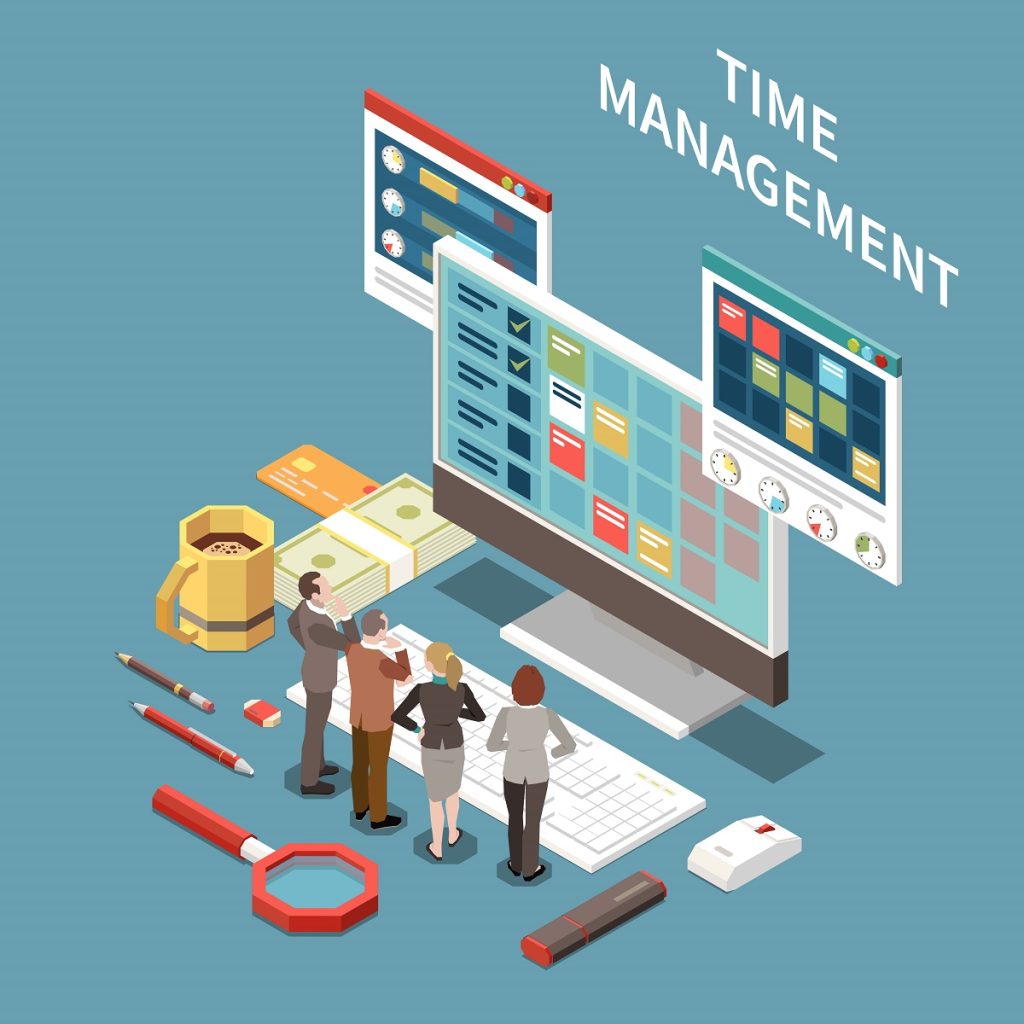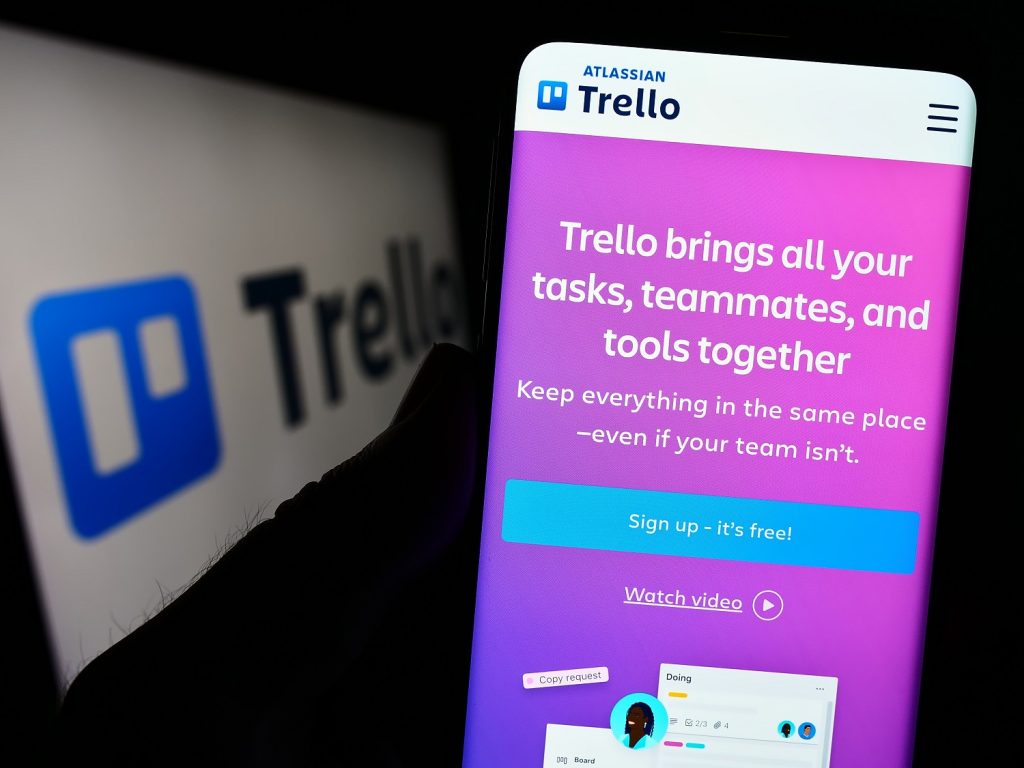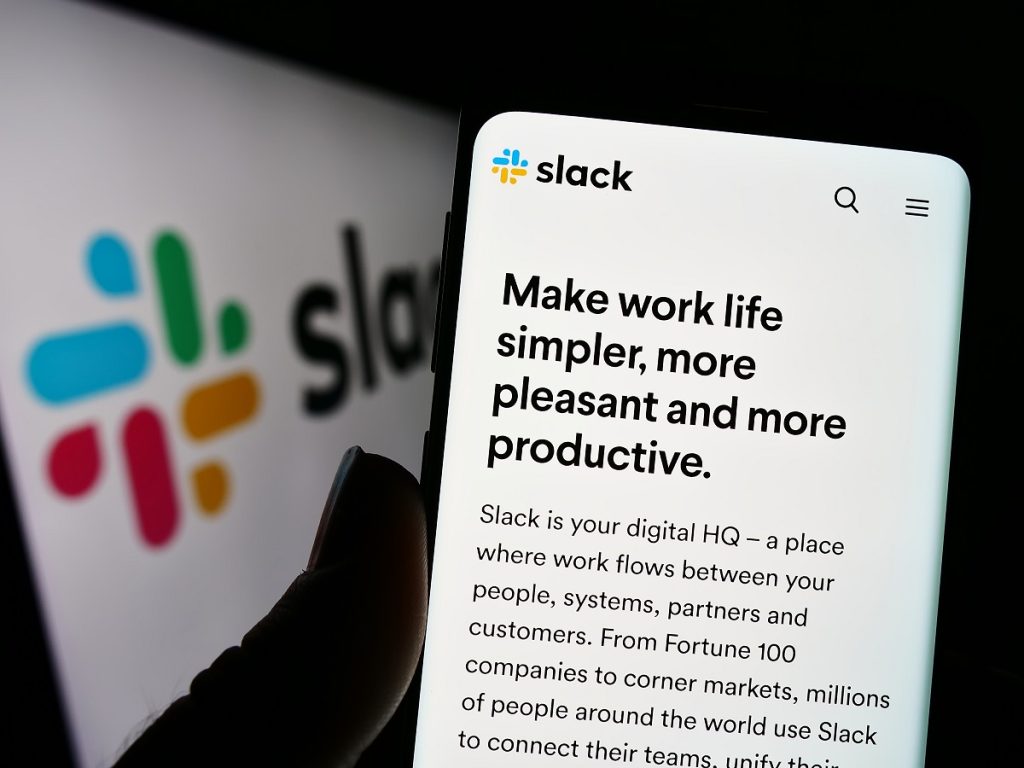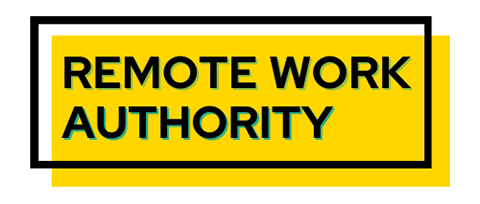As more staff work remotely, employers must ensure they are productive. Time-tracking software allows companies to check their employees and contractors are working and doing so effectively. Measuring productivity helps companies stay profitable but also benefits employees.
In recent years, remote work has become increasingly popular, and many companies allow employees to work from home at least part of the week. However, with remote work comes the challenge of monitoring employee productivity. Fortunately, there are a variety of software solutions available that can help companies track remote employee productivity.
By using these software solutions, companies can effectively monitor and improve the productivity of their remote workers, ensuring that work is being completed efficiently and effectively.
Table of Contents
Why Do Companies Track Employee Productivity?
The pandemic has forced companies, including small businesses, to transition to remote work arrangements. While this arrangement offers flexibility and convenience for employers and employees, it raises employee productivity and performance concerns.
Tracking remote employee productivity is crucial for project management and maintaining the team’s productivity. However, it is essential to consider employee privacy and ensure that monitoring tools are used ethically.
To monitor employee performance, employers use time-tracking tools to monitor work hours and idle time. These tools provide detailed reports on employee timekeeping, keystrokes, and project management activities. Instant messaging and social media apps can also be monitored to prevent burnout and distractions. Too many Facebook or Instagram views during work time can indicate to employers that workers aren’t on track!

How Do You Ensure Remote Employees Are Working Remotely?
Ensuring your remote workforce works diligently can challenge managers, but several strategies can promote productivity and accountability.
- Setting goals and objectives can provide remote workers with a sense of direction and purpose, increasing motivation and productivity.
- Establishing clear expectations and guidelines for remote work, including working hours and communication channels, helps workers plan their time. Regular check-ins and meetings can help managers stay connected with their remote team members and monitor progress.
- Using productivity tracking software can also be helpful, as it allows managers to monitor team member activity and ensure work is completed on time.
- Providing training and support for remote workers can help them develop the skills and knowledge necessary to succeed in their roles and foster a sense of connection and engagement with the company.
How Does Knowing the Metrics Help Determine Staffing Needs?
Knowing the right metrics can be crucial in determining staffing needs for a business. Managers understand how efficiently their company operates and what resources are needed to support growth by analyzing sales trends, customer demand, and productivity levels.
For example, if a business experiences a surge in customer demand, it may need to hire additional customer service staff to handle the increased workload. By looking at call volume and customer satisfaction metrics, supervisors can determine the optimal number of staff required to maintain quality service levels.
Similarly, suppose a business experiences low productivity levels. In that case, managers may need to review team member metrics such as attendance, time management, and performance to identify any areas for improvement or additional training needs.

Employee Permission And Company Data
Obtaining employee permission and ensuring that company data is protected is necessary when using monitoring tools. Apple and Microsoft have built-in permissions and security features that can be utilized to protect company data.
While tracking remote employee productivity is crucial for maintaining team productivity, project management, and monitoring employee performance, it is important to consider employee privacy and use monitoring tools ethically.
Time tracking tools and remote employee monitoring software like Interguard can provide detailed reports and insights into worker productivity. Utilizing built-in permissions and security features on devices can also help protect company data.
How Does Tracking Productivity Help Employees?
Tracking productivity can help employees in several ways.
- Firstly, it provides a clear understanding of their work habits and helps them identify improvement areas.
- Secondly, it can help employees stay focused and accountable, as they know their productivity is monitored.
- Thirdly, tracking productivity can help employees prioritize their work and manage their time more effectively, increasing efficiency and reducing stress levels.
- Fourthly, it can help employees stay motivated and engaged by giving them a sense of accomplishment and progress.
- Fifthly, it can facilitate communication and feedback between employees and their managers, allowing for regular check-ins and performance evaluations.
- Lastly, tracking productivity can help employees set realistic goals and objectives, increasing their sense of purpose and fulfillment in their work.
How Can I Increase Employee Productivity?
Increasing employee productivity can be achieved through several strategies.
- Firstly, it’s important to establish clear goals and expectations for team members and provide them with the necessary resources and support to achieve those goals.
- Secondly, creating a positive and engaging work environment can increase employee motivation and productivity. This can include providing opportunities for skill development, recognition for good performance, and a comfortable workspace.
- Thirdly, using productivity tracking tools can help employees to stay on track and monitor their progress while also providing managers with data to identify areas for improvement.
- Fourthly, encouraging open communication and feedback can help employees feel valued and connected to the company.
- Fifthly, allowing for flexibility in work arrangements, such as working from home or flexible scheduling, can also increase employee productivity and satisfaction. Finally, regular training and development opportunities can help employees develop new skills and improve their performance, leading to increased productivity and overall success for the company.

What Tools Are Available To Track Remote Employee Productivity?
Various team member monitoring software tools are available to track remote employee productivity. Some examples include:
- One of the top apps for remote employee productivity tracking is Time Doctor, which tracks the amount of time employees spend on different tasks and generates reports to help managers assess productivity.
- Another popular option is Trello, which allows managers to create and assign tasks and monitor real-time individual and team progress.
- For companies that need an employee activity monitoring tool, ActivTrak is a top choice, as it allows managers to track website and application usage and even take screenshots of team member screens.
- RescueTime is a time management tool that tracks employee engagement and provides insights into time spent on different tasks. It also allows employees to set goals for their workday and avoid distractions.
- Hubstaff is a time-tracking and productivity tool with screen captures, activity monitoring, and project-tracking features.
- Asana is a task management and team collaboration tool that provides real-time updates on project progress and tracks individual and team performance.
- While Slack was not designed specifically for tracking employee productivity, it can follow remote employee productivity by creating channels dedicated to specific projects or tasks. Managers can also use it to set up notifications to remind employees of upcoming deadlines or check in on their progress throughout the day.
- Teramind is a popular employee monitoring tool many companies use to track remote team member productivity. It provides managers with detailed reports on employee activity, including keystrokes, website visits, and app usage. Teramind also offers several productivity metrics (like active vs. idle time) that help managers identify areas where employees may need additional support.
- Interguard tracks team member productivity metrics, including notifications and idle time. It also provides insights into worker productivity, allowing managers to identify potential bottlenecks in the workflow.





